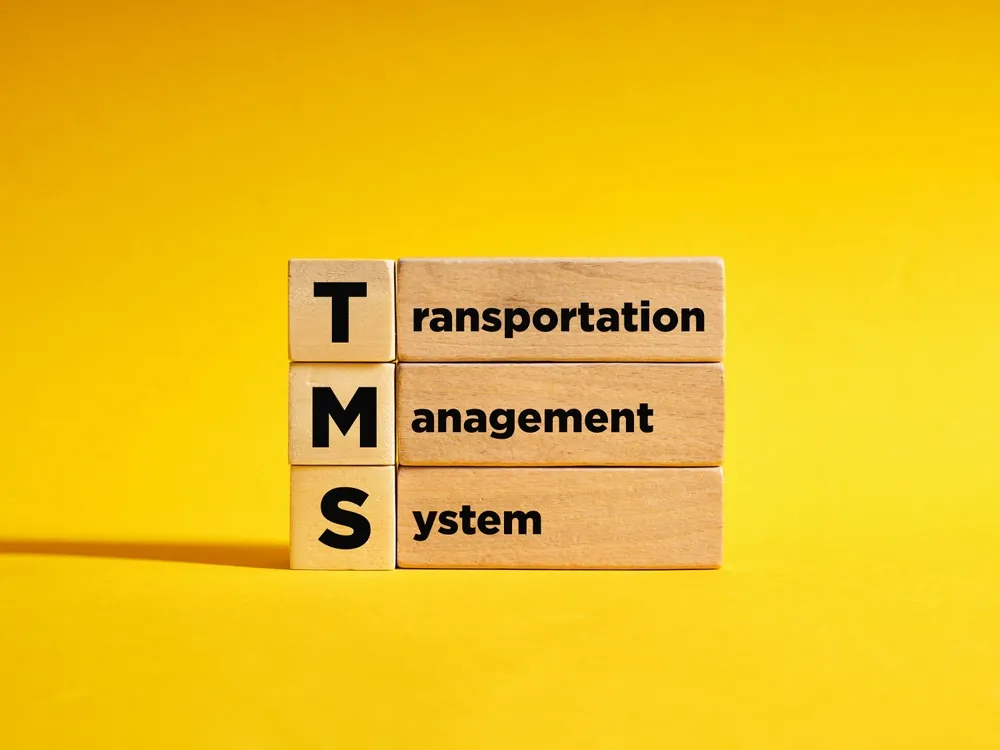Inventory Management Sytems
Inventory management systems are helpful tools that allow businesses to streamline operations, reduce costs, and increase customer satisfaction. An inventory management system (IMS) is a software application or process that enables companies to track and manage their inventory. An Inventory Management System aims to ensure that a company has sufficient inventory or materials to meet customer demand and minimize costs associated with excess inventory.

IMS Benefits
Inventory management systems can provide many benefits, from cost savings to reduced stockouts and overstock situations and increased operational efficiency. Depending on the industry, different businesses require different management systems based on their needs and requirements. Inventory Management System allows businesses to reduce errors and optimize inventory management.
IMS Key Features
Stock Tracking: This feature monitors product quantities in stock, such as information about their location within a warehouse or storage.
Order Management: Order management produces purchase sales orders while tracking their status throughout the fulfillment process.
Barcode Scanning: Barcodes and RDIF technology streamline processing and updating inventory information.
Real-time Updates: Inventory Management Systems provides real-time updates on inventory, which allows companies to restock, order, and adjust their pricing based on real-time inventory levels.
Forecasting: Inventory Management Systems makes forecasting easy with historical data and trends that can be analyzed to optimize inventory levels.
Supplier Management: Another benefit of Inventory Management Systems is supplier management. Inventory Management Systems software makes it easy to manage supplier relationships, track lead times, and automate the reordering process. As a result, maintaining optimal inventory levels is possible.
System Integration: Inventory Management Systems can integrate with other business systems, such as accounting, e-commerce platforms, and point-of-sale systems. This feature helps to ensure accurate and up-to-date information companywide.
Reporting and Analytics: Finally, one of the most beneficial features of an IMS system includes the ability to generate reports and analytics based on key performance indicators, including turnover rates, carrying costs, and stockouts, all of which aid the decision-making process. IMS allows inventory to be monitored across multiple locations, including retail stores and warehouses, providing a comprehensive view of all inventory data.
How IMS Works
Today, most IMS systems are cloud-based, which offers several advantages. Choosing cloud-based software or a web browser to view it on a mobile device is highly advised.
Choose high-quality vendor: Make sure to choose a vendor with high service standards, as this will reduce the hassle of software management.
Subscribe to management software: Cloud-based inventory management software usually requires a monthly subscription rate for access. Depending on your platform and needs, subscription rates can range anywhere from $100/month to $3,000/month for advanced system platforms. Factors such as business size, locations, number of orders, and inventory size are all factors that will affect your pricing.
Software Features: Inventory management software includes features such as inventory control that allow businesses to maintain the proper amount of inventory. IMS often includes integrations that enable orders to be tracked in real-time, automatically updating your software.
Top IMS Benefits
Inventory Tracking: Inventory tracking allows companies to see where products are located and their movement throughout their ecosystem in real-time. This eliminates the human errors that accompany using a spreadsheet system.
Reordering: Quality IMS software provides a clear record of complete inventory and streamlines the reordering process. The system can also help you order enough items to fulfill orders without dead stock. Dead stock is excess inventory that may expire or sit dormant for extended periods.
Accounting Integration: High-quality accounting software integrates with inventory management systems. This prevents double data entry while also eliminating confusion and additional human errors. Some IMS systems have stand-alone accounting features.
It is crucial to consider your industry and the unique circumstances of your business when selecting an IMS software solution.
(IMS) for Retail
(POS) Integration: POS systems should integrate with IMS, or at least have their own inventory management features, to help retailers track essential data. Critical data includes when a product sells and on what platform.
Inventory Catalog: IMS software should allow retailers to catalog inventory by unit type and characteristics like color and size.
Automated Reordering: Look for IMS systems with automated reordering. When you set minimum quantities for each item, and the number is reached, the system automatically creates a purchase order to send to the supplier. “Smart management systems” can also optimize reordering points and reordering quantities based on historical sales data, keeping inventory at ideal levels.
E-commerce integrations: Modern retailers sell across all platforms, from physical stores to e-commerce and online marketplaces like Amazon. Inventory software should track sales across all channels, allowing for accurate orders.
(IMS) for Manufacturing
IMS systems for manufacturers tend to be more advanced since they need to be able to track raw materials and finished products.
Product cost analysis: These tools track raw materials and finished goods while also reordering the necessary components when they are at minimal levels. This also helps predict labor and operating costs, machinery acquisition, and maintenance costs.
Forecasting: This inventory technique analyzes historical production and sales data to predict the needs of future order management.
E-commerce integrations: Finding software integrated with e-commerce is essential for manufacturers.
Barcoding: Barcoding tracks the inflow and outflow of products in storage facilities. Workers can scan and sort items accordingly. Barcodes track the movements of products automatically.
Radio-frequency identification (RFID) capabilities: RDID tags and readers track products when they are near the reader. This streamlines order management processes and eliminates risks.

